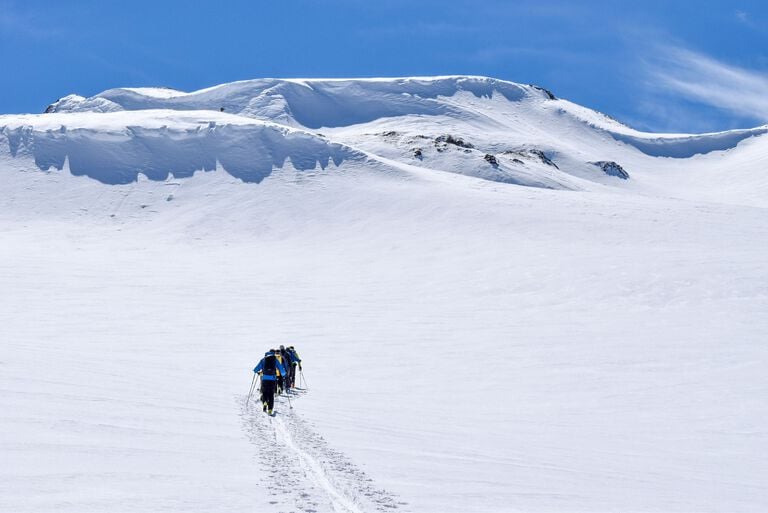
Christy Sports – Backcountry Accessories
How to Choose Backcountry Accessories
As the desire for fresh tracks in fresh snow increases, so does the popularity of backcountry skiing and riding. More and more skiers and riders are leaving crowded resorts and heading into the backcountry. As you prepare for your backcountry skiing trip, it’s important to know that you are equipped with the right tools and knowledge. There are several options for backcountry accessories, so we’ve put together a guide to help you determine which ones are right for you.
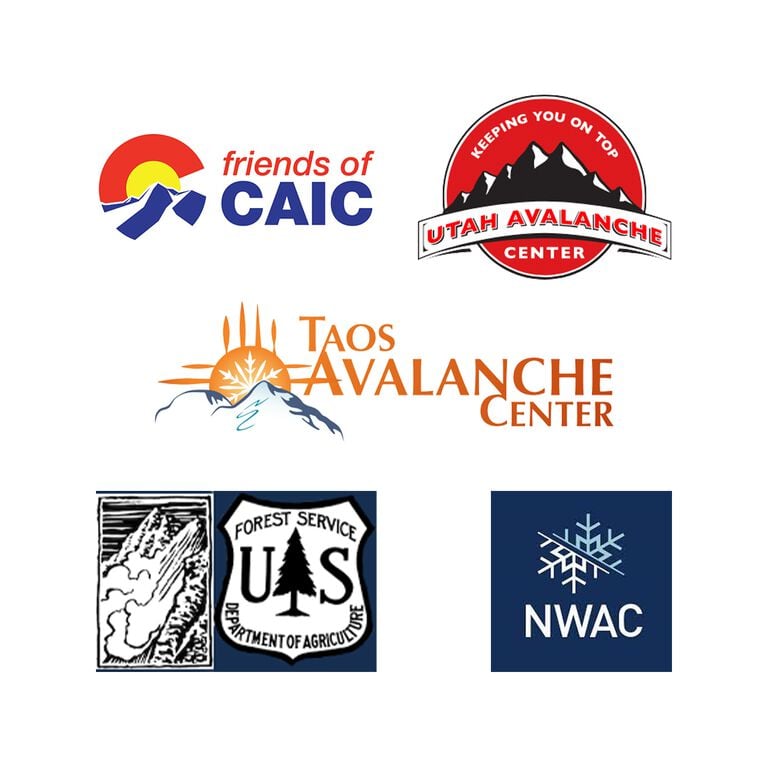
LEARN MORE ABOUT BACKCOUNTRY SAFETY
Local avalanche centers are the best resource to accurately detect your local avalanche conditions. All the regions where we operate are served by local avalanche forecasting organizations. We recommend exploring their resources for the most up to date conditions and warnings for your location.
We highly encourage EVERYONE to seek the proper education, guidance, and gear before adventuring into the backcountry. If you have questions or need guidance, call your local store for more information.
LEARN MORE FROM THE COLORADO AVALANCHE INFORMATION CENTER
LEARN MORE FROM THE UTAH AVALANCHE CENTER
LEARN MORE FROM THE NORTHWEST AVALANCHE CENTER
LEARN MORE FROM THE TAOS AVALANCHE CENTER
LEARN MORE FROM THE GALLATIN NATIONAL FOREST AVALANCHE CENTER
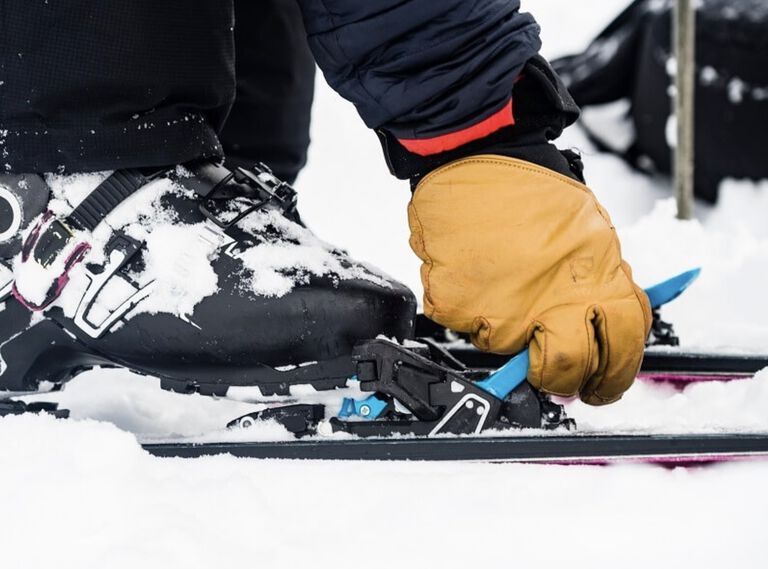
Ski Touring Bindings
Bindings with touring capability are necessary for ascending uphill on skis. Touring bindings allow the heel to release and move freely while the skier moves uphill. Think cross-country skis—with the help of climbing skins (more on that below) and touring boots, a touring binding allows the skier to efficiently move across flat surfaces and uphill. When it comes time to go downhill, touring bindings allow the heel to be locked down so that they function much like a traditional alpine binding.
There are two main categories of backcountry touring bindings: tech/pin bindings and 50/50 or hybrid-style bindings. Tech/pin bindings such as the Salomon MTN Pure are very lightweight and designed to be used exclusively for backcountry skiing. Because of their focus on weight and ease of use for transitions between uphill and downhill, they sacrifice some of the performance and safety features of a traditional downhill binding. 50/50 or hybrid-style bindings offer a compromise between weight and ease of use for touring and downhill skiing performance. In the downhill setting, hybrid bindings offer the same performance and safety features of a traditional downhill binding. They can be used to ascend uphill much in the same way as tech bindings, albeit with significantly more weight and more complicated transitions. This style of binding, including models like the Salmon Shift and Marker Duke PT, is becoming very popular as it allows users to have one ski for both inbound and backcountry skiing.
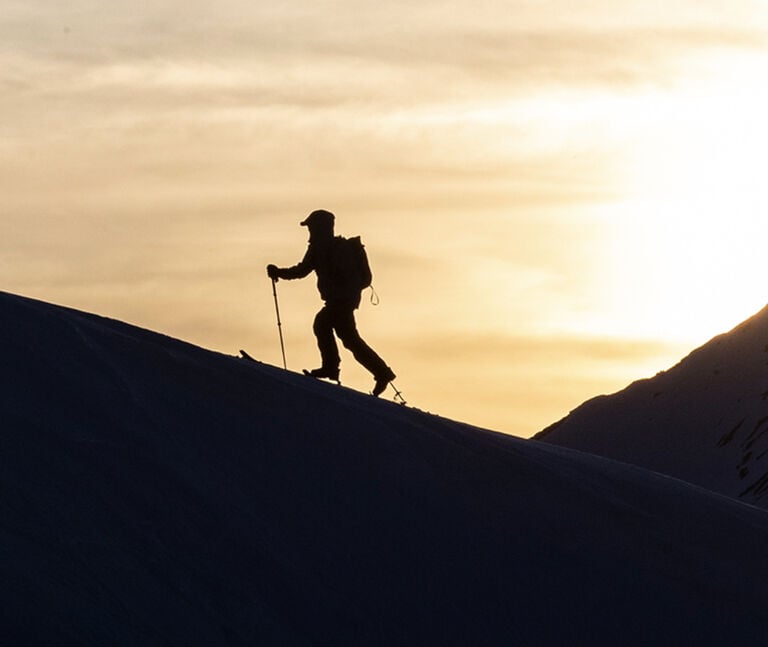
Climbing Skins
Climbing skins are essential to ascend uphill in the backcountry. Usually made of mohair, nylon, or a blend of the two, skins attach to the bottom of skis using clips and adhesive. They create a grip with the snow, allowing the user to slide their skis uphill without sliding backwards. Skins come in generic widths and lengths that can be trimmed to fit any ski, though some modern backcountry-specific skis and splitboards come with skins that are precut and fitted to the specific size and model in question. Skin cutting is a service offered at most Christy Sports stores.
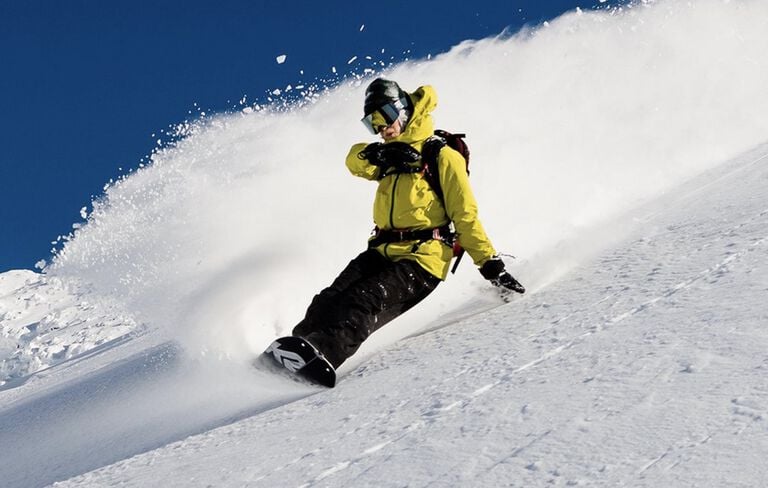
Splitboards
Splitboards are snowboards designed for use in the backcountry. They split into two pieces and with climbing skins attached are used like skis for the ascent, and then are joined together using special hardware to be used as a normal snowboard going downhill. They must also be paired with splitboard-specific bindings that can be swapped between climbing and descending modes.
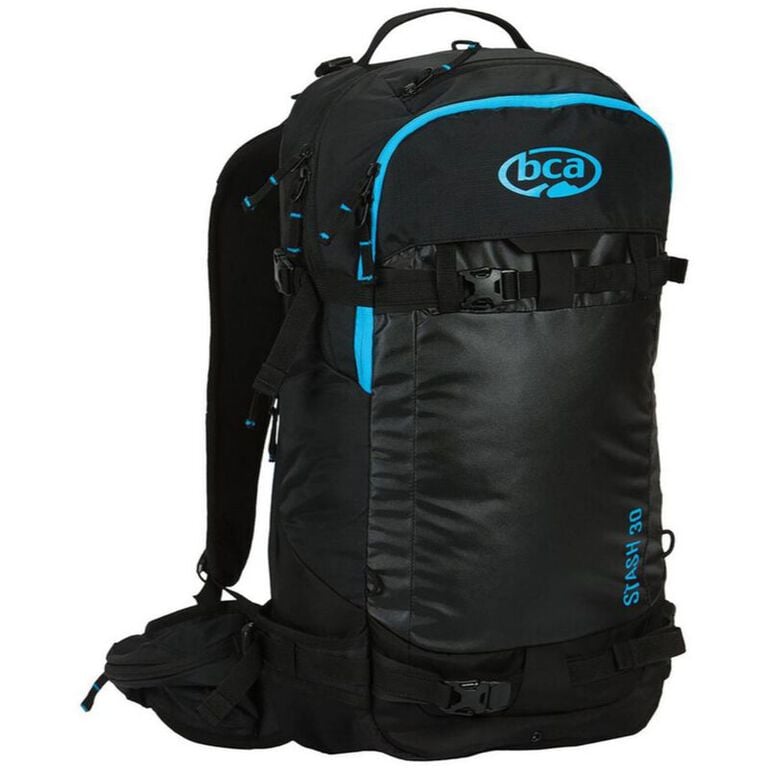
Backpacks
If you’re heading into the backcountry, you’ll need a backpack to carry all your essential items. Backpacks designed specifically for backcountry skiing are ideal because they are purpose-built for winter backcountry adventures. They feature dedicated pockets for avalanche rescue equipment so that it can be accessed quickly in an emergency, goggle pockets, ski-carrying straps, helmet carriers, and more. You will also want to ensure there is enough room to carry extra layers, food, and water. If you know you will be venturing into avalanche terrain, you can consider getting an airbag backpack. These special packs have a deployable airbag that helps skiers caught in an avalanche to stay on top, so they are less likely to get buried. Though this feature does not guarantee safety, it does add an extra layer of protection.
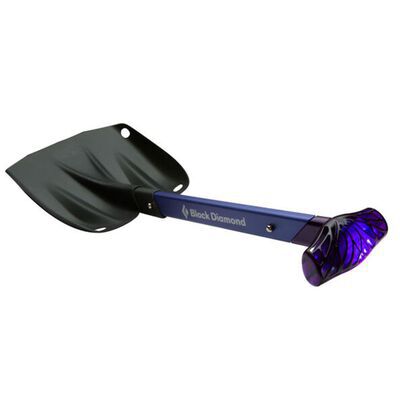
Avalanche Shovels
An avalanche shovel is an essential tool for any winter backcountry traveler. These lightweight aluminum shovels are small but mighty. They are collapsible to help fit into a backpack but are designed to quickly move large amounts of snow in a high stakes rescue scenario, when digging a test pit to assess snow conditions, or the more enjoyable task of building a backcountry jump to session with friends. Shovels have options in terms of blade size, so think about your needs and ability when selecting one to purchase. Larger blades can move more snow but can also be harder to manage and are less packable. A shovel with a smaller blade will be lighter in weight, easier to pack, and can be more nimble/easier to use, especially for a smaller skier or rider.
Beacons
An avalanche beacon is a crucial piece of safety equipment because it could be your only lifeline if you are buried in an avalanche. It is also an essential tool to help potentially save the life of your ski partner if they are buried. All models of modern three-antenna avalanche beacons use the same frequency and can send and receive signals from one another. More complex (and expensive) beacons offer special features that will appeal to ski patrollers or guides, but all models on the market feature the crucial send/receive functionality necessary for use in an emergency. Regardless of what beacon you choose, the most important thing is to know how to use it proficiently before venturing into the backcountry. Take an avalanche education course and spend time practicing beacon searches so that you have no hesitation in an emergency.


